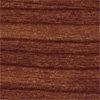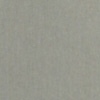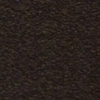
There is a wide variety of colours and finishes in both PVC and aluminium, allowing the end user and architectural and interior design professionals to have solutions available for any taste and type of project.
Many people want to have one colour for the outside of their windows and another colour for the inside: with two-colour windows this is possible.
The two-colour finish exists in both PVC and aluminium windows
● In aluminum windows the finish can be lacqueredLacquering is a procedure for protecting the surface of aluminium profiles with a layer of resin that can be applied in powder or liquid form. It is used to prepare the aluminium for subsequent colouring. or anodisedAnodising is a procedure for protecting the surface of aluminium profiles. With this procedure, a protective layer (of aluminium oxide) is created on the aluminium. The protection of the aluminium will largely depend on the thickness of this layer. This layer serves to protect the aluminium from abrasion and corrosion. It is also used to make it easier to colour the aluminium in a limited range of colours. Finally, with anodising, greater resistance and durability of the aluminium is also achieved.. Painting allows a wider range of colours than anodising, where the range of colours is much more limited. Two-coloured windows are possible in both finishes.
● In PVC windows the finish can only be grained. Grained finishes allow a wide range of colours, but not as wide a range as painting. Grained finishes are also possible in two-coloured windows.
Among the new features in aluminium profiling, we should highlight oxy copper, which evokes stainless steel, Mars red and meteorite black.
In PVC profiling, we should highlight the success of its wood textures: golden oak, walnut, sapele and green pine.

Classic Colors
no images were found
Wood finishes


























